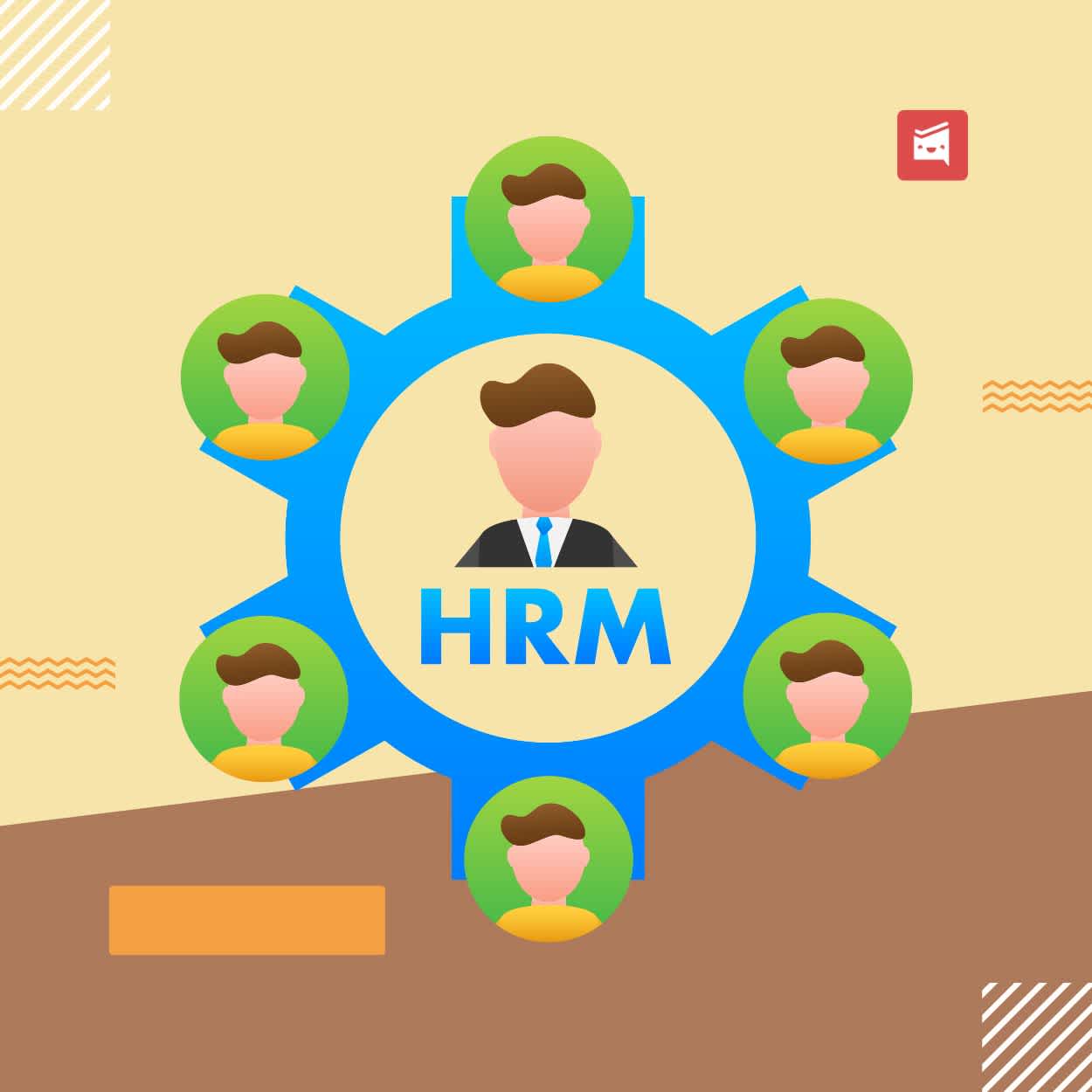10 Human Resource Management Trends to Consider for 2024
ByJulian Gette
Workast publisher

Workast publisher
Welcome to the dynamic landscape of Human Resource Management (HRM), where trends evolve, and innovation drives workplace practices. In 2024, staying ahead of the curve is not just a choice; it's a necessity.
The HRM arena is witnessing a metamorphosis, and understanding the upcoming trends can significantly impact your organization's success. Let's dive into the top 10 HRM trends that you should consider for the year.
Unlock the power of data through HR analytics to inform strategic decision-making. Invest in robust analytics tools to gather insights into workforce trends, employee engagement, performance metrics and workforce scheduling. Analyzing data allows you to identify areas for improvement, make informed talent decisions, and align HR strategies with overall business goals.
Embracing a data-driven mindset empowers your HR team to contribute substantively to organizational success.
Develop a comprehensive HR analytics strategy, outlining key performance indicators (KPIs) and metrics aligned with organizational objectives. Train your HR professionals to interpret data effectively, facilitating evidence-based decision-making.
Regularly review and update your analytics approach to stay responsive to evolving business needs. By harnessing the potential of HR analytics, you position your HR team as strategic partners in driving organizational success.
The Remote Work Revolution continues to reshape the way we work, influencing workforce management strategies globally. As an HR professional, adapting to this shift involves rethinking traditional work structures and fostering a culture that supports remote collaboration.
Invest in robust virtual communication tools, establish clear remote work policies, and provide resources for employee well-being. By acknowledging the challenges and embracing the opportunities presented by remote work, you create an environment where employees can thrive, irrespective of their physical location.
The Remote Work Revolution is not just a response to external circumstances; it's an opportunity to redefine work culture and enhance flexibility for the benefit of both the organization and its workforce.
As the boundaries between professional and personal spaces blur, consider implementing flexible work hours to accommodate diverse schedules. Acknowledge the need for a healthy work-life balance, and actively encourage employees to disconnect after work hours. Remote work doesn't mean disconnection; instead, it requires fostering a sense of belonging and maintaining open channels of communication.
In the evolving landscape of HRM, prioritizing employee well-being and mental health support has emerged as a critical focus. Acknowledge that employees' mental and emotional well-being directly impacts their performance and engagement. Implement wellness programs that encompass mental health initiatives, offering resources such as counseling services and stress management workshops.
Actively communicate the availability of these resources to destigmatize seeking mental health support. By fostering a workplace culture that prioritizes holistic well-being, you not only enhance employee satisfaction but also contribute to a more resilient and productive workforce.
Recognize the importance of providing adequate training and resources to managers to identify signs of employee burnout or stress.
Encourage open conversations about mental health, creating a supportive environment where employees feel comfortable discussing their well-being. Integrate mental health awareness into your broader organizational culture, emphasizing that taking care of one's mental health is not only accepted but encouraged.
The integration of Artificial Intelligence (AI) and automation stands as a transformative force in HRM practices. Embrace AI-driven tools to streamline repetitive tasks, freeing up your HR team to focus on strategic initiatives. AI can revolutionize the recruitment process, from resume screening to candidate matching, ensuring a more efficient and unbiased hiring process.
As you delve into automation, consider its potential to enhance employee experiences, from onboarding to performance management, creating a more agile and responsive HR function.
Ensure that your team is equipped with the necessary skills to leverage AI and automation effectively.
Provide training programs to familiarize HR professionals with the capabilities of these technologies, fostering a culture of continuous learning. As you integrate AI into HR processes, emphasize its role as a complement to human capabilities, not a replacement.
In the dynamic professional landscape, prioritizing continuous learning becomes a cornerstone of effective HRM. Invest in learning management systems and platforms that offer personalized development paths for employees.
Encourage a culture of continuous upskilling, providing resources for both technical and soft skills development. By fostering a learning-centric environment, you empower your workforce to adapt to industry changes and contribute to the organization's growth.
Implement mentorship programs and peer-to-peer learning initiatives to facilitate knowledge sharing within your organization. Leverage technology to provide accessible and engaging learning materials, accommodating diverse learning styles. As an HR professional, recognize that continuous learning is not a one-time initiative but an ongoing process.
The significance of Diversity, Equity, and Inclusion (DEI) has become paramount in today's workplace.
Actively promote diversity initiatives, ensuring equal opportunities for all employees. Implement inclusive hiring practices and cultivate an environment where diverse voices are heard and valued. Establishing DEI metrics and regularly assessing progress will be crucial in creating a workplace that reflects a broad spectrum of perspectives and experiences.
Integrate DEI considerations into all aspects of HRM, from recruitment to performance evaluations. Provide training programs that raise awareness about unconscious biases and promote inclusive leadership.
Actively seek feedback from employees on DEI initiatives, ensuring that their voices are central to the ongoing improvement of these programs.
Crafting an exceptional employee experience emerges as a strategic imperative. From the first interaction during recruitment to ongoing engagement, prioritize designing a positive journey for your employees. Leverage HR technology to create user-friendly interfaces for HR processes, enhancing accessibility and user experience.
Solicit feedback regularly to understand the employee journey and make data-driven improvements. An employee-centric approach not only boosts satisfaction but also contributes to talent retention and recruitment success.
Implement pulse surveys and feedback mechanisms to gauge real-time employee sentiments. Analyze the data gathered to identify pain points and areas for improvement in the employee experience. Collaborate with different departments to create cross-functional teams dedicated to enhancing employee experience at every touchpoint.
The traditional annual performance review is evolving into a more agile and continuous process. Implement real-time feedback mechanisms, goal-setting frameworks, and regular check-ins to foster ongoing performance discussions. Agile performance management allows for quicker course corrections, aligning individual goals with organizational objectives seamlessly.
By adopting a more dynamic approach, you cultivate a performance-driven culture that adapts to changing business priorities.
Encourage managers to provide constructive feedback regularly, emphasizing a growth-oriented mindset. Equip your HR team with tools that facilitate continuous performance tracking and goal alignment to foster a culture that celebrates achievements and encourages employees to learn from setbacks.
Empower your workforce through user-friendly HR technologies, such as PeopleForce that enhance autonomy and efficiency. Self-service portals, mobile applications, and digital tools provide employees with the autonomy to manage their HR-related tasks independently. By embracing technology that puts information and resources at employees' fingertips, you foster a sense of empowerment and streamline HR processes.
This includes things like investing in user-friendly HR software that aligns with the needs and preferences of your diverse workforce, ensure that employees receive comprehensive training on these tools and emphasizing the benefits of self-service options, such as accessing pay information, requesting time off, and updating personal details without extensive administrative hurdles.
By embracing technology as an enabler of employee empowerment, you create a more agile and responsive HR environment.
Succession planning and leadership development form the bedrock of future organizational resilience. Identify key talents within your organization and cultivate a leadership pipeline that aligns with long-term strategic goals. Implement mentorship programs that facilitate knowledge transfer from seasoned leaders to emerging talents.
By fostering a culture of continuous leadership development, you ensure a seamless transition during periods of change.
Additionally, make sure to regularly assess the skills and competencies required for future leadership roles, aligning them with evolving industry trends. Provide targeted training programs to equip potential leaders with the skills necessary for their anticipated roles.
In conclusion, navigating the dynamic landscape of HRM in 2024 involves embracing these transformative trends. As an HR professional, staying agile, proactive, and people-centric positions you as a strategic partner in shaping the future of work.
Whether it's adapting to remote work, prioritizing employee well-being, or leveraging technology, each trend contributes to building a resilient and thriving workplace.
